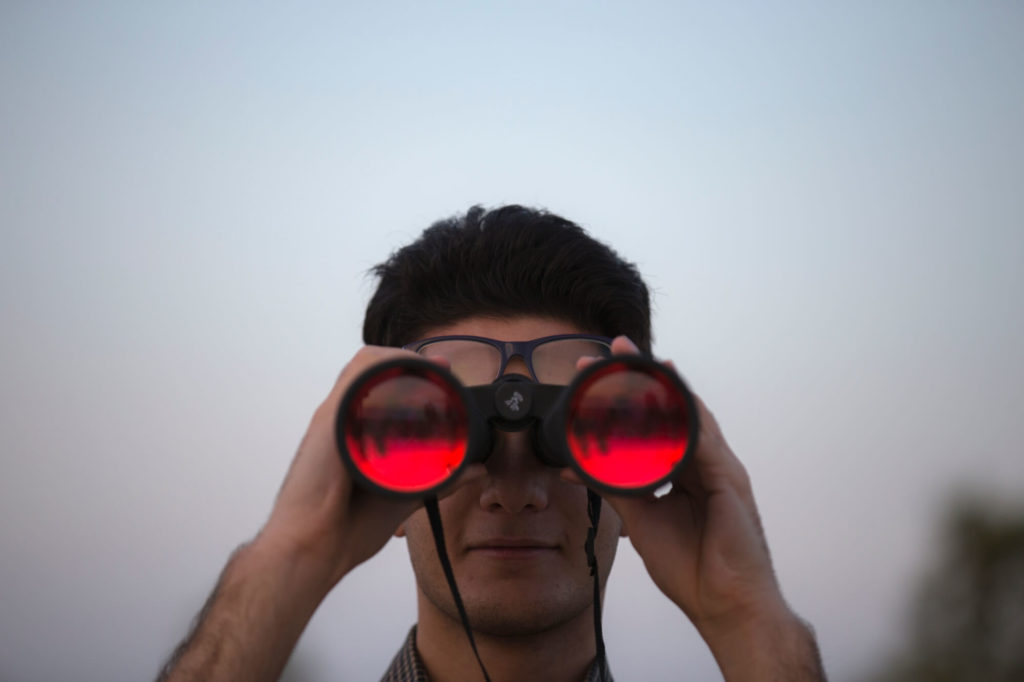Farsightedness is a common condition related to vision. It is also referred to as hyperopia, in which a person can see distant objects quite clearly but objects that are close appear blurry and unclear. The ability to focus depends largely upon one’s level of farsightedness.
Those who suffer from extreme to severe farsightedness may only be able to see objects that are placed at a far distance. Those who suffer from mild farsightedness may even manage to see objects that are not too far away clearly.
Farsightedness is usually inherent through family genes and is present from the time of birth. Contact lenses and eyeglasses are the easiest solutions for rectifying this problem. In extreme cases or if you wish to get rid of it sooner, you may have to undergo surgery.
Main Causes
Our eyes have two parts to focus on images:
- Cornea
This is a dome-shaped, clear surface in front of our eye.
- Lens
This is a clear structure. The lens is nearly as big as an M&M candy in size.
In an eye that is normally shaped, these two focusing elements should have a curvature that is perfectly smooth, similar to a marble’s surface. If the lens and cornea have such a perfect curvature, they refract or bend all incoming light. This will make on the retina a sharply focused image. The retina is the part at the back of the eye.
In other words, this eyesight problem occurs when the light rays that enter the eye focus behind the retina instead of directly focusing on it as should be. A farsighted person has an eyeball that is shorter than people with normal vision.
Since it is often a condition from birth, many children are known for outgrowing it with age as their eyeball grows to normal size.
People also often confuse presbyopia with hyperopia. Presbyopia also causes near vision complications, but the reasons for it are entirely different from hyperopia.
Refractive Error
A refractive error is caused when the lens of the cornea does not have a smooth curvature, and the rays of light are not properly refracted.
You will experience farsightedness if your cornea is curved less than usual, or the eyeball is shorter than it normally is. The effect is directly in contrast to nearsightedness. All the adults who suffer from farsightedness will mostly experience blurriness while looking at objects both near and far.
Other Refractive Errors
There are some other refractive errors, as well, in addition to farsightedness. They include:
- Astigmatism
Astigmatism takes place when the lens or cornea is more steeply curved in one direction instead of another. If astigmatism is not corrected, it will blur your vision.
- Myopia or Nearsightedness
This eye condition occurs due to a steep curvature of the cornea, or the eyeball is longer than it is in normal cases. Instead of light focusing on precision on the retina, it focuses on the front of the retina. This creates a blurry appearance for objects at a distance.
If you experience any of the symptoms and signs stated above, you should consult with an eye doctor as soon as possible.




